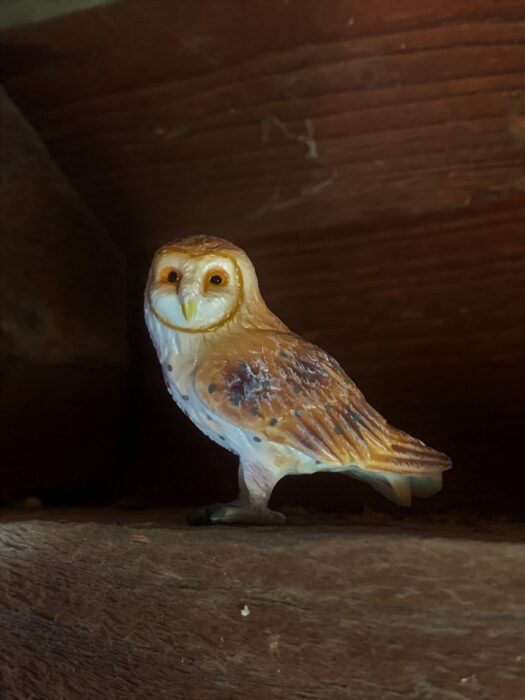The barn owl (Tyto alba) is one of the most widely distributed birds in the world, and the most widely distributed owl species, living on every continent except Antarctica. As such, it features prominently in many different myths and legends around the world. Going by ominous names such as ghost owl, death owl, and demon owl you can get an idea of how the barn owl typically figures into local beliefs, making it the perfect animal to review this Halloween season.
Classification: Birds
Shoebill (Doki Doki Doubutu by Phat!)
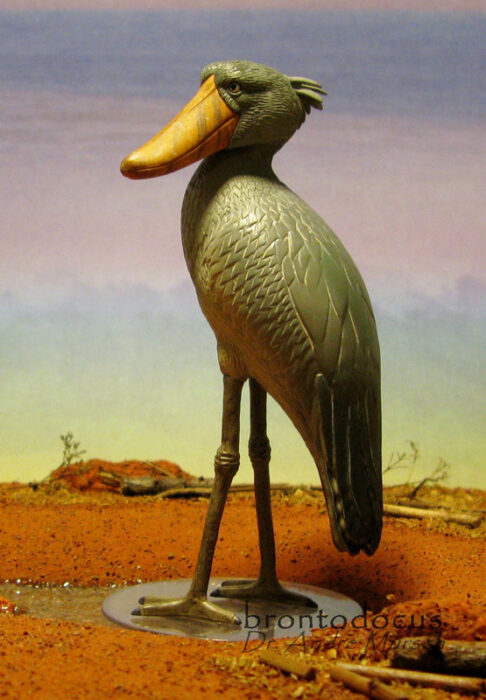
Here’s a walk-around of the majestic Doki Doki Doubutu “1/12 scale” model Shoebill or Whale-headed Stork, Balaeniceps rex Gould, 1850. The figure is retired and seems to be the rarest of the Doki Doki releases. Height excluding base is 123 mm, so the scale would be between approx. 1:10 and 1:11.The wild population of this species is in decline due to hunting and habitat loss and IUCN lists it as “Vulnerable”.
Ostrich (Wild Safari Wildlife by Safari Ltd.)
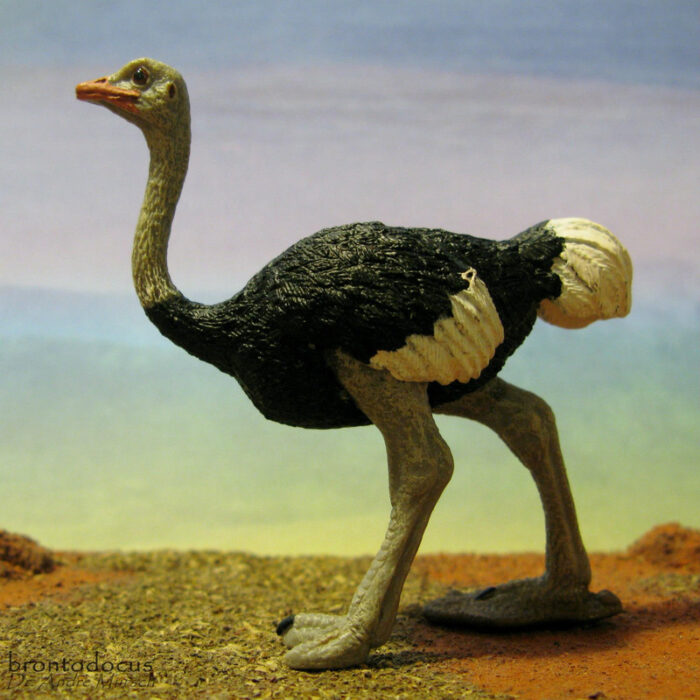
Walk-around of the Safari Ltd. Wild Safari Wildlife (but also listed in the Safari Farm line) ostrich, Struthio camelus Linnaeus, 1758, originally released in 2010. Height is 88 mm but the figure is not standing fully upright and would be over 100 mm if it did. So the scale would be between approx.
Sahara Desert TOOB (Safari Ltd.)
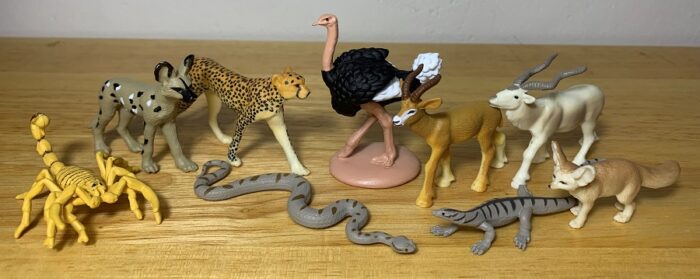
The Sahara Desert covers about 25% of the African continent and is the largest hot desert in the world, with an area of 3,600,000 square miles (9,200,000 km). This immense ecosystem is made up of sand dunes, some of which are 500’ tall, stone plateaus, sand seas, gravel plains, dry valleys, and sand flats.
Indian Peacock (Wildlife Asia & Australia by Schleich)
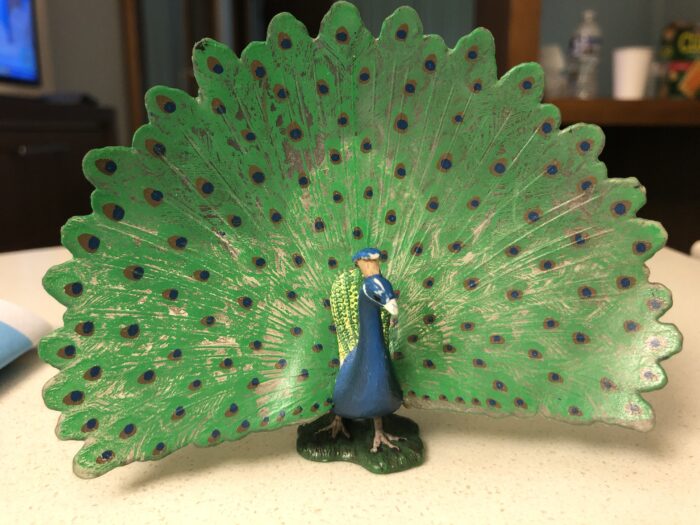
Review and images by Sam; edited by bmathison1972
Indian peafowl (Pavo cristatus) are beautiful birds that hail from India, Sri Lanka, and Pakistan. On January 31, 1963, it was declared the national bird of India because of its rich religious and legendary involvement in Indian traditions. The males are known as “peacocks” and the females are known as “peahens.” The peacocks are famous for their eyespot plumage, which they fan out to attract mates.
Slender Bush Wren (Yowies Forgotten Friends Series A by Cadbury)
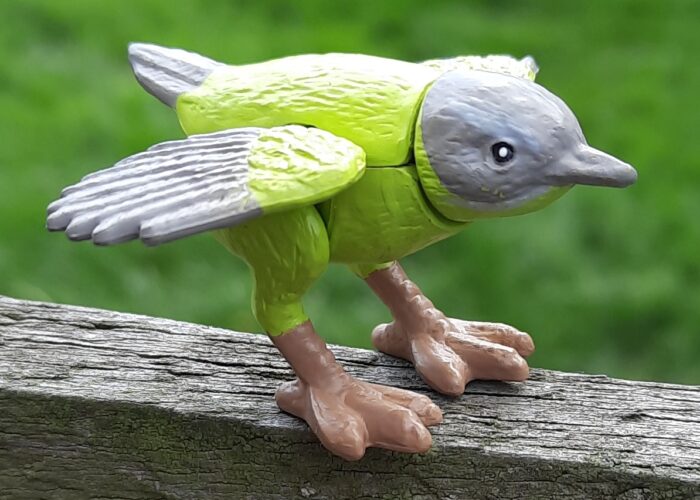
Songbirds are all around us today. So common, that it is hard to believe that any could become extinct. Of course, this is far from the case, as no species lasts forever. Here, we see the Bushwren, a near flightless species found in each of the major islands of New Zealand and many of the smaller islands.
Keel-billed Toucan (Wings of the World by Safari Ltd.)
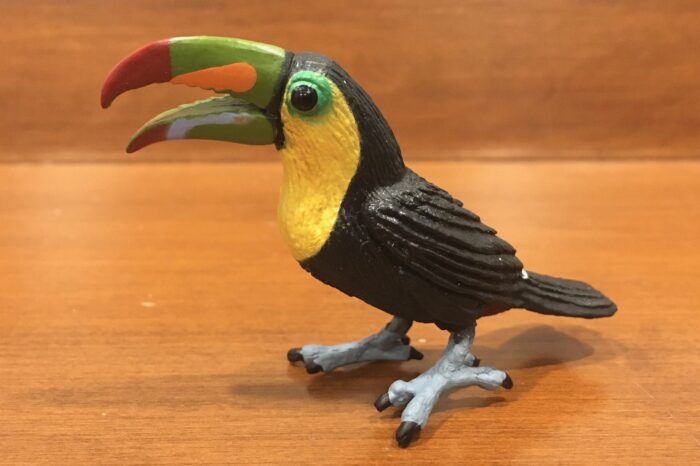
Review and images by Suspsy; edited by bmathison1972
The toucans of Central and South America are some of the most unmistakable birds in the world thanks to their enormous bills and vivid colours. The beautiful keel-billed toucan (Ramphastos sulfuratus), also known as the rainbow-billed or sulphur-breasted toucan, is perhaps the most iconic member of this family.
Pelican (Bullyland Birds by Bullyland)
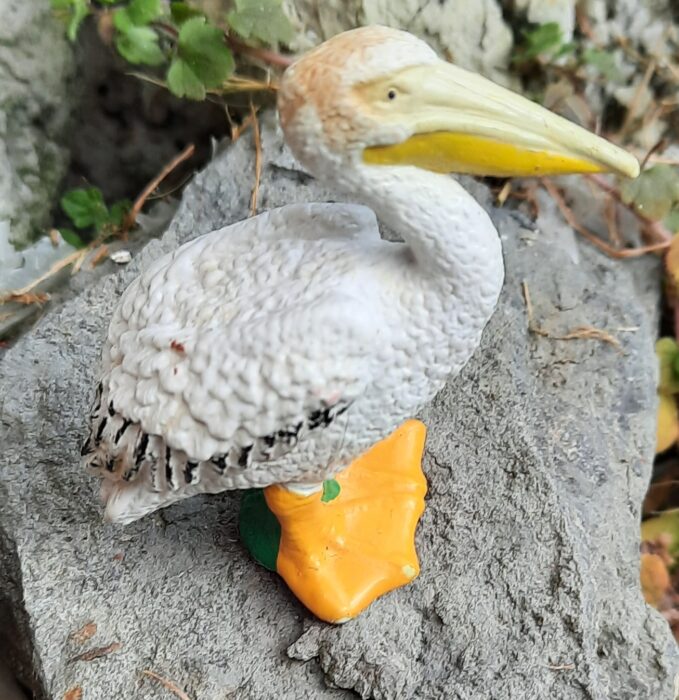
When it comes to catching fish, birds have found many techniques. You having diving kingfishers, spearing herons and skimmers galore. But the birds with the most straight forward approach are the pelicans. With an inflatable gullet, they scoop their prey in, water and all. This has made them quite successful, being found across the globe.
Bee Hummingbird, pair (1/1 Bee Hummingbirds by SO-TA)
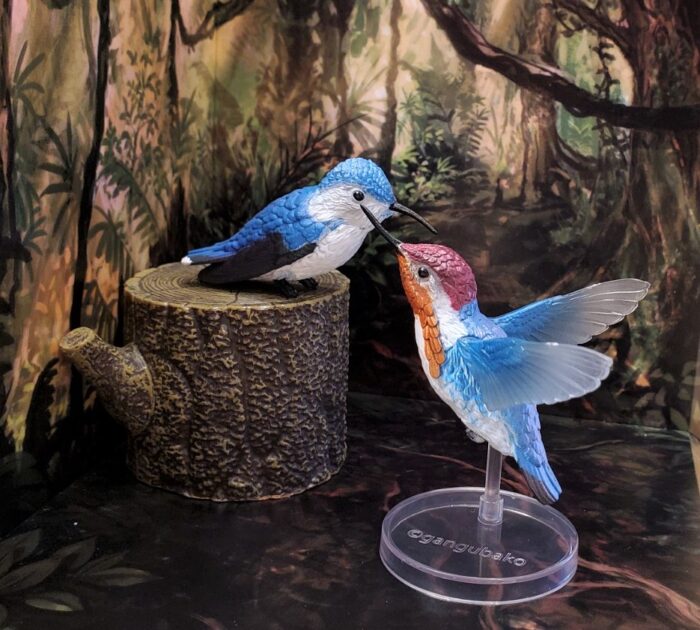
The bee hummingbird (Mellisuga helenae) is the world’s small extant bird, possibly the smallest bird ever known (but I am not up-to-date on the full extent of the avian fossil record). It is endemic to Cuba and its surrounding islands, especially the Zapata swamp in the eastern part of the island.
Cuban Red Macaw (Yowies Forgotten Friends Series A by Cadbury)
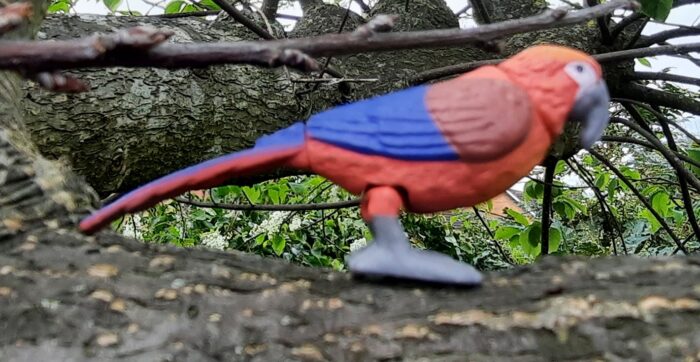
With their gorgeous plumage and startling intelligence, parrots are some of the most incredible birds alive today. While varied, they were once more so. One such place that did, and still does, have an array of parrots is Cuba, home to the species in this review: the Cuban Red Macaw. One of the smallest macaw species, it was brightly coloured and lived on Cuba (unsurprisingly) and the nearby Isla de la Juventud.
Passenger Pigeon (Yowies Forgotten Friends Series A by Cadbury)
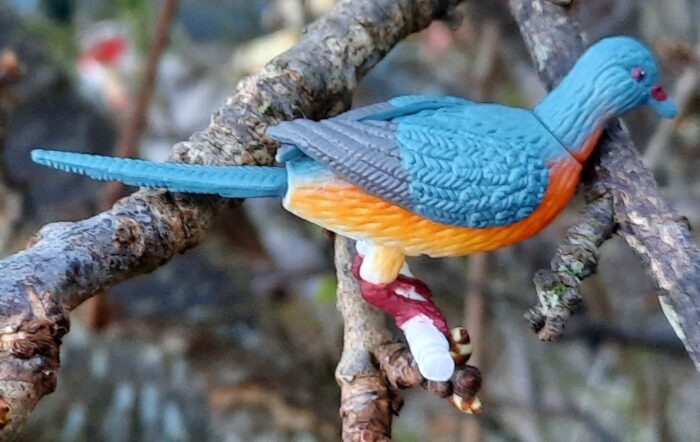
It is always tragic when humans in avertedly cause an animal to become extinct, whether because we didn’t know how limited the population was, destroying habitats or releasing animals that the ecosystem isn’t prepared for. What is intolerable, however, is when a species is rare and humans actively wipe the majority out.
Paradise Parrot (Yowies Forgotten Friends Series A by Cadbury)
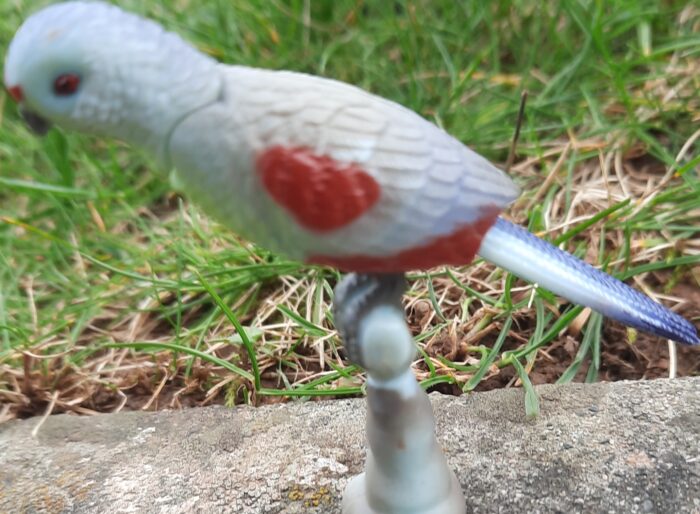
Australia is home to numerous species of parrot, from the Gallah to the sulpur-crested Cockatoo. Many are now quite rare as a result of humanity, but most are now protected and hopefully will recover. Sadly, this isn’t the case for all of them, as one species no longer exists among them, the Paradise Parrot.

